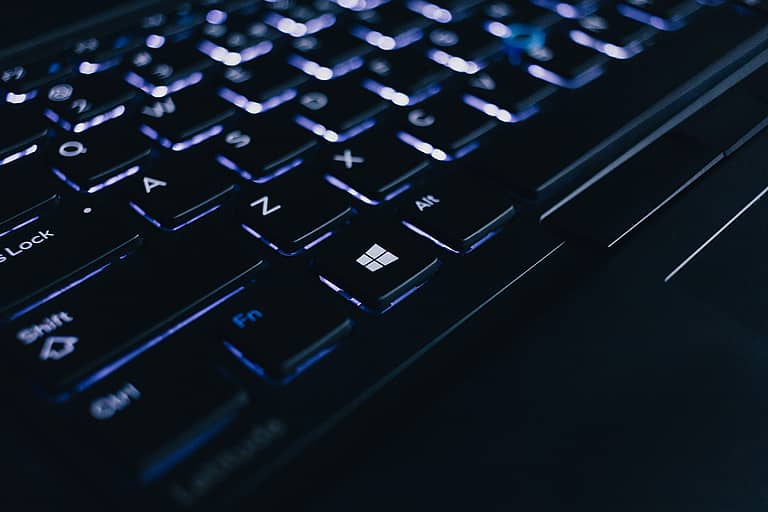What better way to work off the anxieties of the pandemic than an at-home boxing workout? Yet the company that’s capitalizing on that urge has had to deal with its own set of frustrations in getting product to market.
Liteboxer sells a boxing machine for the home, equipped with an array of LED lights that guide the user in punching designated strike zones on a “smart shield,” measuring accuracy, timing and force. It uses a rotating playlist of songs, accessed through a monthly subscription, to choreograph workouts and serve as inspiration for the virtual sparring sessions.
Few product introductions were better timed to take advantage of the limitations imposed by COVID-19. So it should come as no surprise that the company sold thousands of units immediately following its debut in September of 2020. “We have a pretty good user base,” boasts Jeff Morin, co-founder and chief executive officer.
At the same time, Liteboxer faces the same supply chain challenges that are plaguing nearly every seller of consumer goods today. It doesn’t help that the company sources its units in Taiwan, which necessitates a trans-Pacific ocean voyage and subjects incoming containers to the severe congestion that has slowed operations at Southern California ports to a crawl.
Inspiration for the product came from Liteboxer co-founder Todd Dagres, general partner at Spark Capital, who wanted to replicate the sparring experience at home in the form of an interactive boxing device. He teamed up with Morin, who offered the combined skills of an MIT-educated mechanical engineer with that of a licensed personal trainer.
It takes a whole other set of skills, however, to negotiate the tortuous path that product must take today in order to reach avid consumers. (The metaphorical “flow state” that users supposedly achieve with the Liteboxer app is far from being replicated literally in its supply chain.) Transit times went from between 25 and 30 days to a high of 90 days. And costs soared as well. When the company begin shipping product last year, the ocean freight rate was around $3,000 per container; subsequently it ballooned to $20,000. Add to that the expense of trucking goods from less congested but more distant ports. It’s enough to make a supply-chain manager want to punch something.
Liteboxer has been less scarred by the current crisis than many other importers because it built up inventories early this year in anticipation of the holiday season. “It just kept getting worse and worse,” says Morin, “but luckily we were one step ahead of the game. We’ve never had any delays from ocean shipping routes, but we have seen them in ground shipping.”
The company has had issues with securing timely less-than-truckload (LTL) services, with lead times to customers across the country stretching from seven days to as long as 14. But it’s managed to mitigate the pain by working with carriers that can track the status of shipments in real time. “Instead of there just being a black hole, it’s really important to show customers where their order is, so they know it’s coming,” Morin says.
He’s hopeful that Liteboxer has enough inventory on hand to get it through this year’s holiday peak. The fourth quarter accounts for more than half its annual sales, he notes, although January is also a strong month due to resolution-minded customers taking up fitness regimens in the new year.
Beyond that time, however, fresh challenges await. Morin expects the transport slowdown to persist through the second quarter of 2002, and possibly beyond. And it’s more than a matter of getting enough space on ships and trucks. Liteboxer’s technology relies on semiconductor chips, which are in short supply for all high-tech manufacturers. Chips that used to cost $3 apiece now are going for $20; although Morin suspects the higher price is at least partially the result of brokers buying up available supplies and charging what the market will bear. “Personally,” he says, “I don’t think that 10,000 chips magically fall out of the air at a 1,000% price increase.”
For the long term, diversifying sourcing might help to alleviate the crunch. Rival Peloton, the popular maker of exercise bikes and treadmills, is planning to build a $400 million factory in Ohio to shrink its supply line. But any such decision by Liteboxer must be based on the high-tech manufacturing expertise of a given region, Morin says. The ultimate answer might lie in a mix of domestic and international sourcing.
Morin is keenly aware of the risk of passing on extra supply-chain expense in the form of higher prices, for a product that’s essentially a luxury for prospective buyers. But Liteboxer’s profit model is based on more than a one-time purchase of equipment; its true margin is realized through its subscription service. Consumers who sink money into the hardware are likely to keep paying for the monthly music and training guidance that make it most effective — or so goes the thinking.
None of this has slowed Liteboxer’s plans for growth. The company recently introduced a wall-mounted version of its product, and has secured $20 million in Series A funding from a group of venture-capital firms.
“It’s definitely a squeeze,” says Morin of Liteboxer’s struggle to control costs. “But our investors are understanding. It’s not only us — margins have essentially gone away, due to increases in shipping costs, inflation and a swing in the value of the U.S. dollar. That hits the botto


